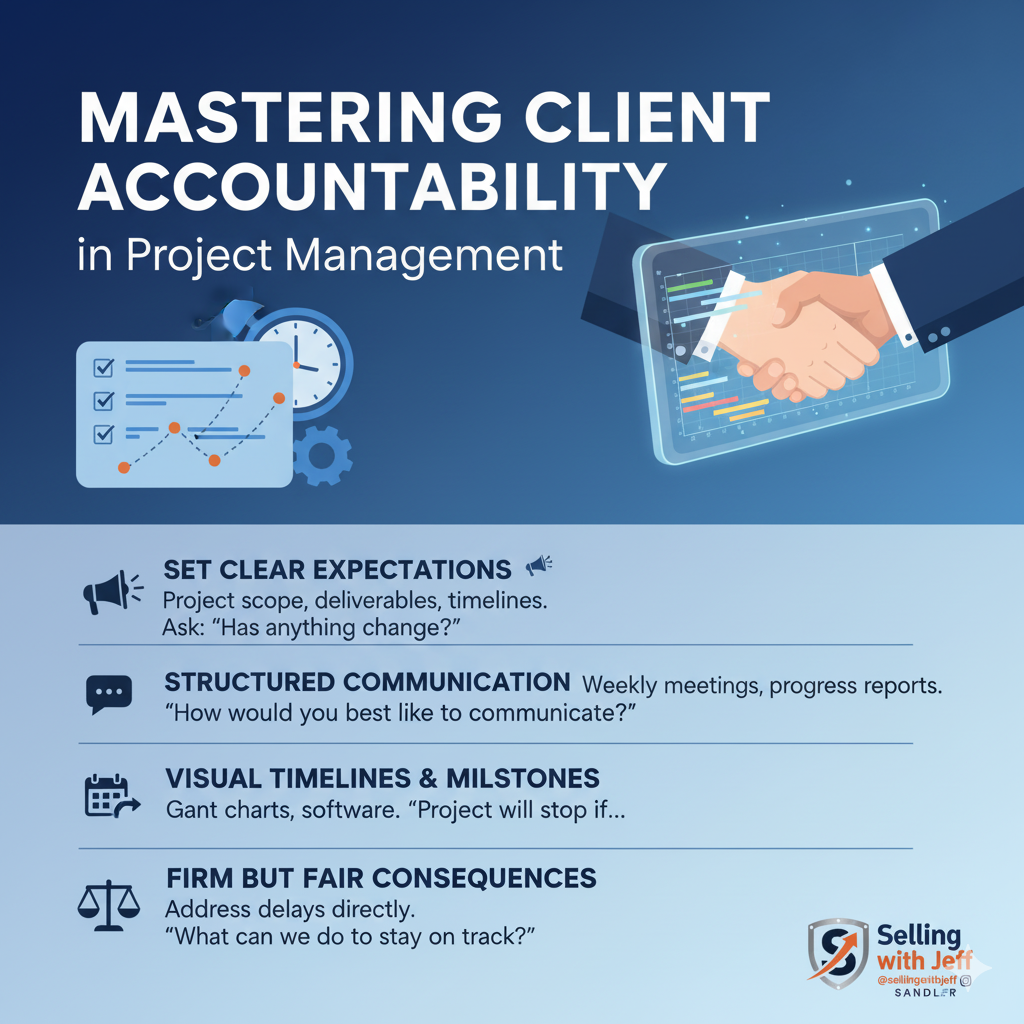Mastering Client Communication for Effective Project Management

Unlock the secrets to effective client communication and elevate your project management skills to new heights.
Setting Clear Expectations from the Start
Establishing clear expectations from the beginning is vital for the success of any project. By setting clear objectives, timelines, and responsibilities, you create a roadmap that guides both the team and the client. This proactive approach not only minimizes misunderstandings but also ensures that everyone is aligned and moving towards the same goal.
One effective strategy is to create a detailed agenda for meetings and share it with the client beforehand. This not only shows respect for their time but also sets the stage for productive discussions. Additionally, clearly outlining the scope of work and any potential limitations right from the start can prevent scope creep and keep the project within budget and timelines.
The Power of Active Listening and Feedback
Active listening is an indispensable skill in project management. It involves fully concentrating, understanding, and responding thoughtfully to the client’s concerns and feedback. This fosters a collaborative environment where the client feels valued and heard, leading to stronger relationships and better project outcomes.
Incorporating regular check-ins and feedback loops into your project management process can significantly enhance communication. These sessions provide an opportunity to address any issues promptly and make necessary adjustments. Paraphrasing and summarizing the client’s points can also ensure that you’ve accurately understood their needs and expectations.
Navigating Budget Discussions with Confidence
Discussing budgets can often be a sensitive topic, but it’s essential for the smooth execution of a project. Approaching these conversations with confidence and transparency can help build trust and prevent future disputes. It's important to discuss budget expectations early in the project and revisit them regularly.
One effective technique is to use bracketing, presenting a range of potential costs from highest to lowest. This helps set realistic expectations and provides a framework for discussing any changes that might affect the budget. Asking open-ended questions like, "What range are you comfortable with?" can also facilitate a more open and productive dialogue about finances.
Building Trust and Long-Lasting Client Relationships
Trust is the cornerstone of any successful client relationship. Building trust requires consistent, transparent, and respectful communication. It’s about being a reliable partner who consistently meets or exceeds client expectations.
Regularly updating clients on project progress, being upfront about any challenges, and delivering on promises are all crucial for building trust. Additionally, showing appreciation for the client’s input and acknowledging their contributions can strengthen the relationship. Remember, a satisfied client is more likely to return for future projects and refer your services to others.
By mastering these client communication strategies, you can enhance your project management skills, leading to smoother project execution and higher client satisfaction. Implementing these techniques will not only improve your current projects but also pave the way for long-term success in your professional relationships.


